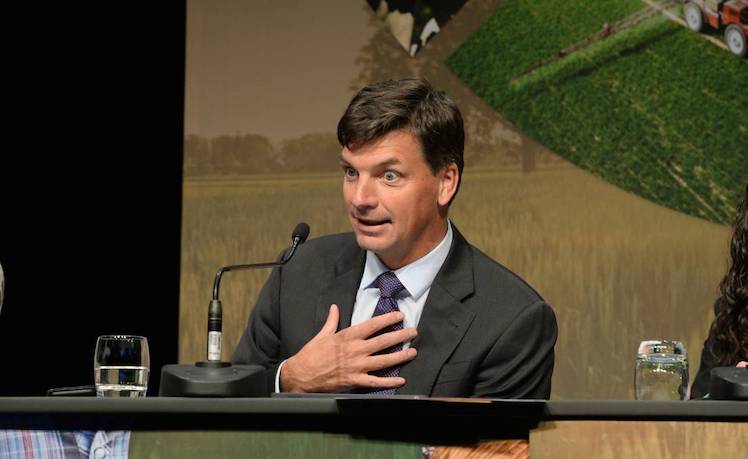While Energy Minister Angus Taylor and Shadow Energy Minister Chris Bowen quibble over the brass tacks, the states are getting on with the job of energy transition, writes Callum Foote, and in a mostly bipartisan way.
The upcoming federal election has spurred political sparring over Commonwealth energy policy. Labor is claiming the Liberals are dragging their feet on climate and the Liberals are claiming Labor is fiscally irresponsible.
Energy Minister Angus Taylor appeared in The Australian Financial Review yesterday deriding Labor’s planned “gold-plating” of the energy system.
Taylor was responding to shadow energy minister Chris Bowen’s attack on the Coalition’s lack of real commitment to a net-zero economy, which was also published in the AFR last week.
The Coalition’s line is that Labor’s plans to spend additional billions on transmission infrastructure is a waste of money, not approved by the Australian Energy Market Operator, and Labor’s line is that the Coalition has squandered its opportunity to prepare the Australian Energy Market for the transition to net zero.
Professor Bruce Mountain, director of Victoria Energy Policy Centre at Victoria University, says both Taylor and Bowen are playing a political game rather than addressing the real issue.
“In both cases, the major parties completely miss the issues,” Mountain says. “The major parties are playing a dyed-in-the-wool political game. Labor are claiming that the Liberals are dragging their feet on climate change and the Liberals are claiming that Labor is profligate.
“Presumably they think this resonates with the electorate, but neither party is addressing the issue of the appropriate role of the federal government in electricity supply.”
Meanwhile Commonwealth government debt is expected to hit $729 billion, or 34.2% of GDP, by June. It was under $200 billion in 2013.
Transition to net-zero
“It’s true that the energy transition is going to require new transmission extensions as a result of the increase in power coming from wind and solar in different locations to the existing dominant coal generators,’’ Mountain says.
“Currently, the total regulated value of existing transmission infrastructure is around $20 billion. Labor’s plan is to roughly double that number – and all of it to be paid by taxpayers, apparently.
“However, I suggest the transmission augmentation needed for a net-zero energy transition will cost a lot less than $20 billion.”
What the major parties are missing, however, is that they fail to understand what the appropriate role of the Commonwealth could be in energy policy.
“The states know best where and how to ensure the infrastructure is in place for the transition,” Mountain says.
“At the state level, we have bipartisan agreement in all states on large elements of the energy transition. The states have a constitutional obligation to supply power, and while they have delegated some aspects of oversight to quasi-national authorities, the failure of these authorities – explained in large measure by Commonwealth political leadership failure, has meant that the states have started to peel away and get on with their own programs.
“Victoria has led on this, NSW has taken decisive steps in the same direction. In its own way South Australia has also, while Queensland and Tasmania’s power industries have remained largely government-owned and they have long done their own thing.”
Is Kurri Kurri the best they can do?
In 2020, the Victorian government announced $1.6 billion in a clean energy package including $540 million for the establishment of six renewable energy zones around the state.
Recent projects funded through this package are major transmission upgrades in the state’s south-west to open the way for 1500MW of additional renewable electricity capacity, and ease voltage stability constraints.
NSW has established five of its own renewable energy zones, developing the necessary transmission infrastructure spending $380 million between 2020 and 2022.
This is not to say that the states are flawless. But compared with recent federal energy policies such as the Kurri Kurri gas and hydrogen plant proposed by the Coalition and supported by Labor or Snowy Hydro 2.0, the states know best, Mountain believes.
“Each of the states now has their own energy policies and regulatory settings down to increasingly granular detail. The states will be able to determine what the transmission requirements are, in accordance with their own policies. The Commonwealth should be focusing on finding out how it can support the states as they proceed with their own transition plans. If they wish to allocate taxpayers’ money to the transition – not unreasonably in my view – they should be figuring out how to ensure that that money will be well spent.”
Callum Foote was a reporter for Michael West Media for four years.

